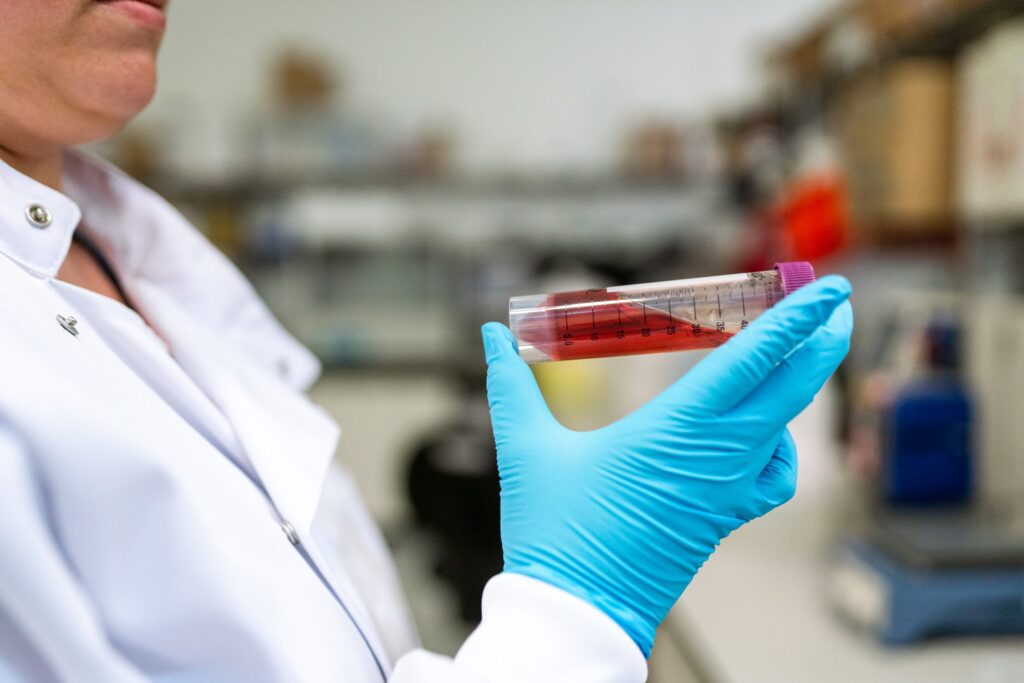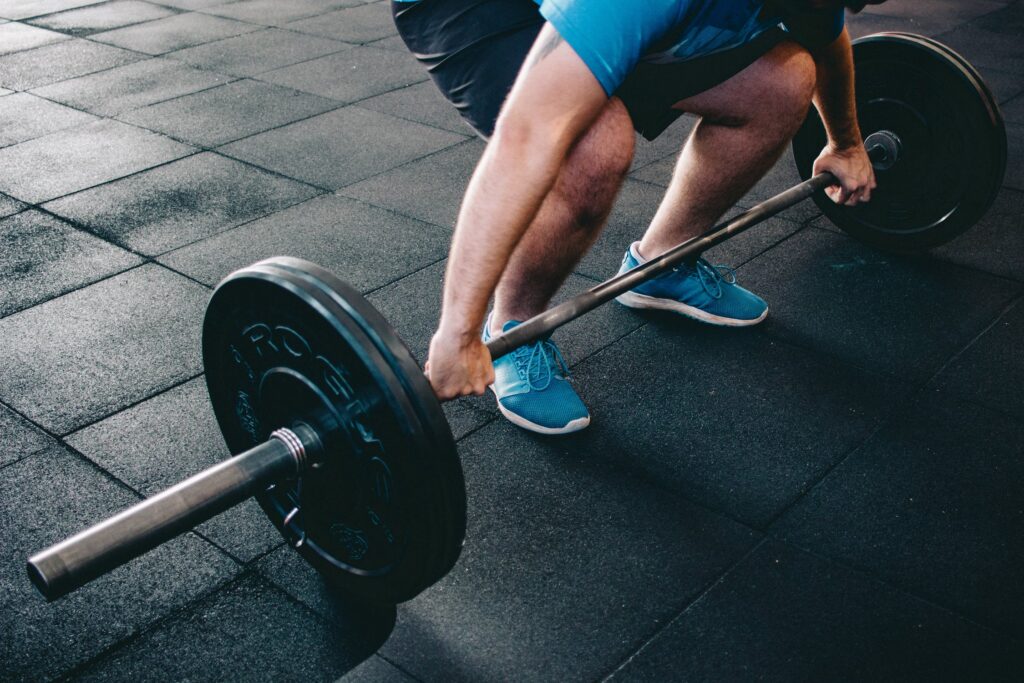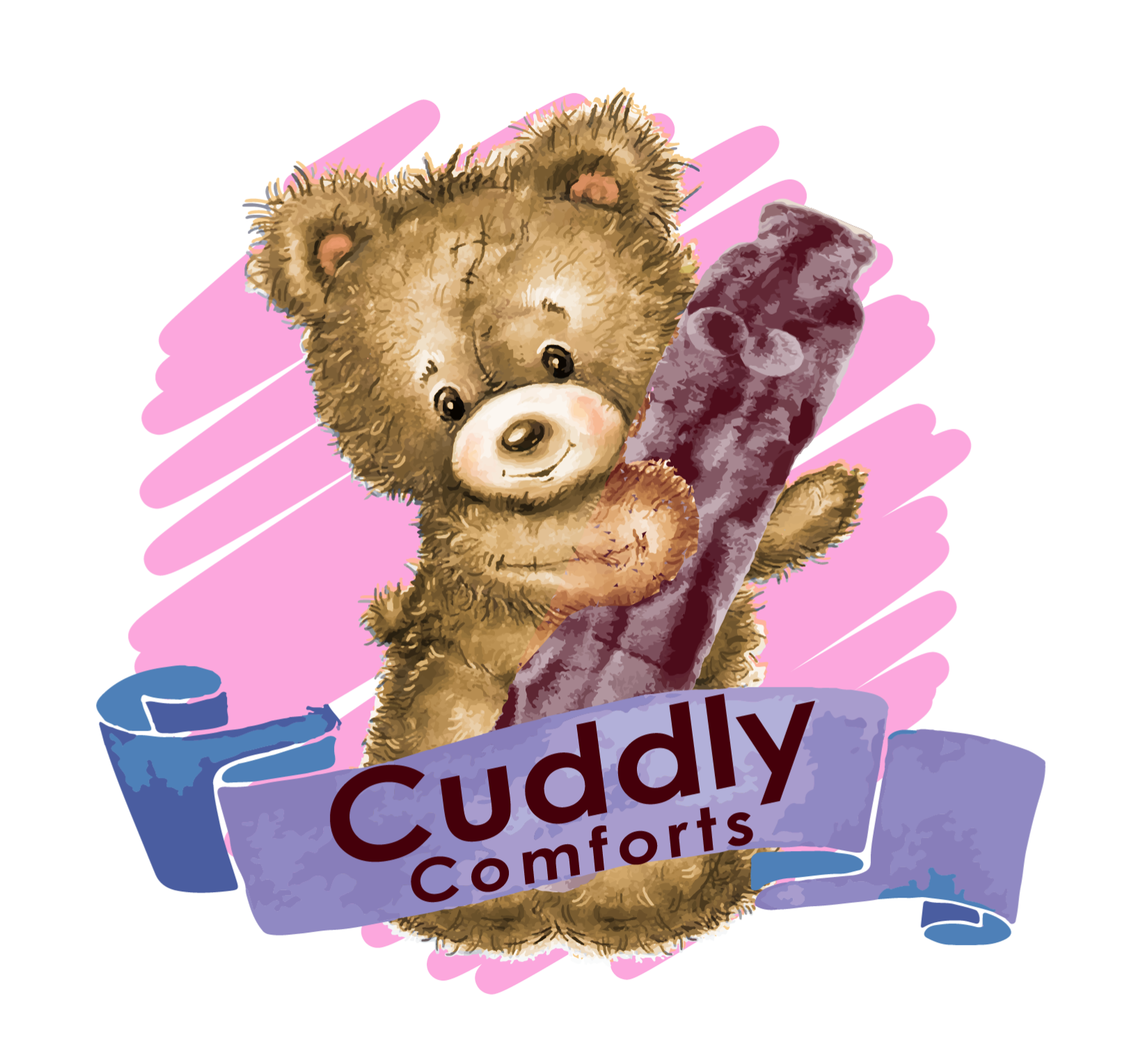When it comes to cold weather and circulation problems, hot water bottles or other heat-based therapies can help
Arthritis or Spasms – Get Instant Relief with Heat Therapy
Do you experience tingling or throbbing pain in your limbs? Are your fingers and toes growing numb? Do older adults at home often complain of body aches, including sprains and spasms in their muscles? Would you believe in alleviating all this pain naturally rather than popping analgesics? You’ve come to the right place.
Our body’s circulatory system:
With the heart at the centre, the circulatory system in our body is responsible for sending oxygen and other nutrients in the blood to all parts of the body. Poor circulation of blood to any part of the body will first of all manifest in your hands and feet.
Causes for poor circulation of blood:
1. Overweight and obesity;
2. Diabetes and diabetic neuropathy;
3. Peripheral Artery Disease (PAD) where there is a narrowing of arteries and blood vessels in the body;
4. Atherosclerosis in which plaque builds up in arteries and blood vessels and not allowing blood to flow freely through them;
5. Varicose Veins;
6. Blood clots;
7. Raynaud’s disease that is hands and feet going unusually cold due to narrowing of the blood vessels and
8. Bad heart condition
Every underlying condition behind poor blood circulation has its own set of symptoms. Potential red flags are raised when you begin experiencing unexplained pain in your limbs, muscles, and bones.
Why you must not ignore the poor circulation
Reduced blood flow and circulation over a long period of time causes several dilapidating health issues such as nerve and tissue damage. Untreated, it can lead to brain strokes or heart attacks, both of which can prove fatal.
We’ve seen how poor circulation is not a disease in itself. There can be a number of reasons why blood does not flow adequately to all parts of your body. A thorough diagnosis from your doctor will tell you what the underlying causes are. It is of paramount importance that you tell them your own medical history to help them assess your condition.

Heat as an effective therapy for soreness and pain in the muscles
You have probably heard many times from your coach, trainer, teacher, or doctor that heat relaxes tense muscles. There are a lot of thermotherapies available in the market, promising good results.
You could soak your feet in a warm water bath, use hot-mist towels to wrap around your hurting limbs or use hot water bottles and heating pads for topical relief.
Keep reading this article as we reveal how the heat will help your body recover from pesky aches and pains by improving blood circulation…
Do you experience aches and pains when you get on the gym floor?
If you enjoy a bit of gym therapy, irrespective of how often you work-out, body pains from exercising affects everyone from champions to newcomers. Soreness and stiffness is sometimes the price that you pay for being fit and active.
When you exercise, the body goes through the twin process of aerobic respiration and anaerobic respiration. While aerobic respiration helps in the intake of more oxygen, anaerobic respiration helps to burn the sugars within it.
This process of burning sugars in oxygen releases lactic acid in the worked-out muscles. A combination of overworked muscles and lactic acid production in them is what causes you to groan in pain.
A specific type of heat therapy may feel better for one person than for another, and it may require some experimentation to figure out which one works best.
Spine Health
What happens when you apply heat to the sore muscles
First of all, blood vessels begin widening, allowing a free flow of blood that also facilitates the removal of increased lactic acid in the worked-out muscles. This alleviates pain in the area.
– The heat also allows the toxins to flow out of the area
– The muscles become elastic by the introduction of the heat
– And finally, the nerve endings in that area get stimulated, which block the pain signals
Applying heat soothes worn-out muscles. Place a heat pack on the muscles which were aching before you started exercising. This will reduce the existing pain and help prevent new pain from developing in those muscles.
It is safe to use heat on your neck as well as your back. You may even apply heat patches, pads, and insulated water bags on recent and old injuries that are nagging.
It is usually viewed as safe and effective to use heat in arthritis pain like stiff knees and elbows. Doctors recommend heat therapy treatments to loosen tense muscles if the headache is due to overstress.

There are three types of heat therapy treatments
#1 Dry heat is also called ‘conducted’ heat therapy and is usually from heat sources such as heating pads, heat packs, heat water bottles and hot water saunas.
#2 Moist heat is also called ‘convection’ heat therapy and uses steamed towels/washcloths, warm moist packs and hot water baths. This is slightly more effective than the former.
#3 Professional heat therapies administered by physiotherapists like heat from an ultrasound machine help treat tender muscles and joints.
Chronic injuries vs. acute injuries
As a rule of the thumb, heat therapy is good only for those injuries that are not swollen or inflamed. Acute injuries must be instead treated with cold therapy. This is because heat will raise the skin’s temperature near the injury and increase the blood flow around it, leading to more bleeding from that injured spot.
An ice pack on the acute injury will reduce pain and swelling as it will narrow the blood vessels and help reduce internal bleeding.

Hot water bottles can help ease the discomfort
Make sure that you wrap a towel loosely around the affected area before using the heating pad or bottle. In all cases, avoid direct contact of the heating surface directly on your skin. Keep the session short and no longer than 15 to 20 minutes at a stretch.
Directly using the heated pad and bottle in contact with your skin or using it beyond 20 minutes may result in accidental burning or scalding of your skin. Ensure that a safe cover is applied to your extra long hot water bottle and the hot rubber does not come in to contact with your skin.
Whether you will use a heated plug-in type of pad or a hot water bottle that is filled with hot water, never go to bed with the heated equipment still in contact with your skin. There is a danger that your skin will become too warm. The electric type heating pad can also accidentally start a fire.
Conclusion
Do not hesitate to call on your doctor or schedule an appointment if the pain seems to increase or you see other worrying symptoms at the pain site. Your doctor may order an X-ray, MRI, or a CT scan done for a better diagnosis.
That is the best way forward because pain, however inconsequential, can be at worst debilitating or at least a point of constant discomfort.
This blog post is for informational purposes only and does not constitute medical advice. Please consult a qualified practitioner if you are unsure.

